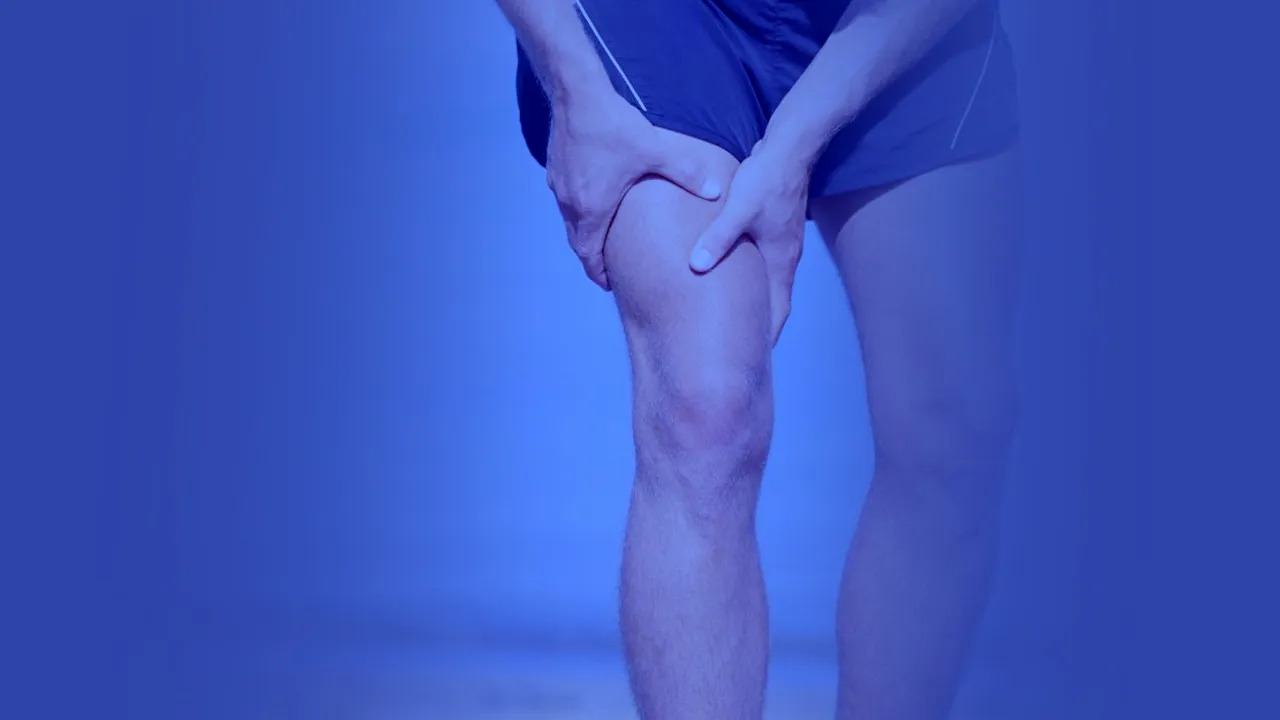Myopathy is a category of muscular diseases characterized by the dysfunction or damage of skeletal muscles. It encompasses various conditions that affect muscle structure, function, or both.
Several types of myopathies are characterized by distinct features and causes.
• Inflammatory Myopathies: This group includes conditions such as polymyositis and dermatomyositis, which involve chronic inflammation of the muscles. Autoimmune processes play a significant role in these diseases.
• Hereditary Myopathies: These myopathies occur due to genetic mutations, typically inherited from one or both parents. Examples include Duchenne muscular dystrophy, Becker muscular dystrophy, and myotonic dystrophy.
• Metabolic Myopathies: Metabolic myopathies are caused by abnormalities in the metabolic processes that provide energy to the muscles. Glycogen storage diseases and mitochondrial myopathies are typical examples of these disorders.
• Congenital Myopathies: Congenital myopathies are present at birth and may manifest as muscle weakness, poor muscle tone, and delayed motor development. Centronuclear myopathy and nemaline myopathy are some of the congenital myopathies.
Causes and Risk Factors:
Myopathy can stem from multiple causes, including genetic mutations, autoimmune responses, metabolic disorders, infections, medications, toxins, and sometimes unknown factors. Certain risk factors, such as a family history of myopathy, exposure to toxins, or specific medications, may increase the likelihood of developing myopathy.
Common Symptoms and Clinical Presentation:
Symptoms of myopathy can vary depending on the specific type and severity of the condition. However, some common symptoms include muscle weakness, fatigue, stiffness, cramps, muscle pain, impaired coordination, and decreased mobility. Respiratory and cardiac muscles can also be affected, leading to breathing difficulties and cardiac abnormalities.
Diagnosis and Examination:
Diagnosing myopathy requires a multidisciplinary approach involving a detailed medical history, physical examination, and various diagnostic tests. These tests may include blood tests, electromyography (EMG), muscle biopsies, genetic testing, and imaging techniques like MRI or CT scans.
The treatment of myopathy typically involves a combination of symptom management, rehabilitation, and addressing the underlying cause if possible. Specific interventions may include physical therapy, occupational therapy, assistive devices, pain management, medication, and, in some cases, surgical interventions or genetic therapies.
The prognosis for myopathy varies widely based on the specific type and severity of the condition. Some myopathies have a stable course, while others may progress and significantly impact the patient’s quality of life. Ongoing research in myopathies continues to advance our understanding of these conditions and improve treatment options.
Myopathy encompasses a range of muscular disorders that can severely affect a person’s physical capabilities and overall well-being. Raising awareness and promoting further research could improve the diagnosis, management, and overall quality of life for individuals living with myopathy.

Comments are closed.